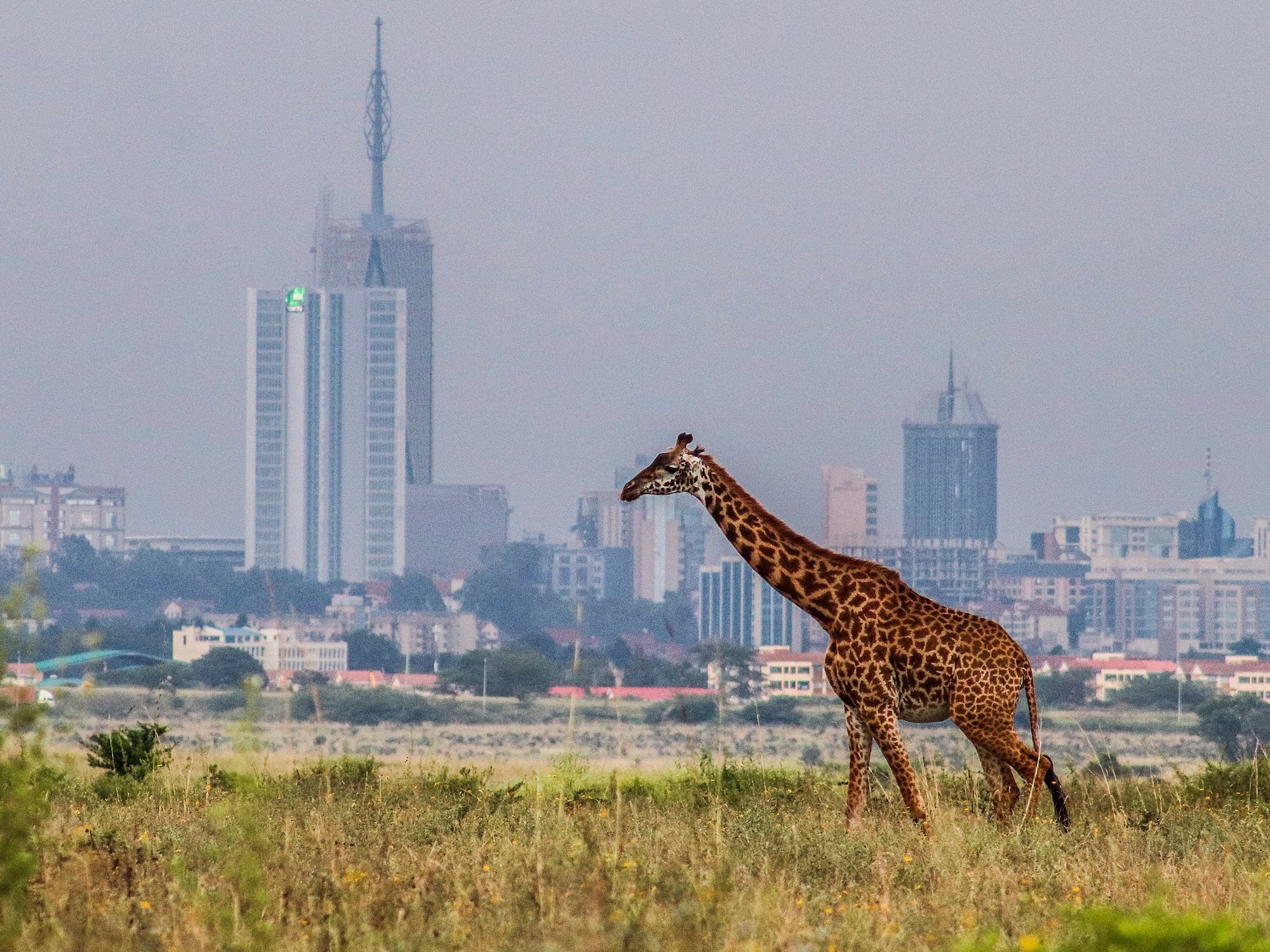Safaris and Cities
Nairobi
Nature Reserves
Mombasa


We enter Kenya through its capital, Nairobi, and strike out into safari country. In the north, we wander the wildernesses of the central highlands and the East African Rift, while in the south we roll into Masai Mara—one of the huge reasons (we know) that you have come to Kenya! Outside, or amid, Kenya’s wild side, are its two big urban centers. Nairobi, inland, with its origins in the colonial period, and Mombasa, coastal, the hub of ancient maritime trade. We explore both, and their environs.
A sampling of our experiences
Wake up to the bush
Masai Mara

Some countries have that one attraction which immediately springs to mind
when the country’s name is mentioned. For Kenya, it is undoubtedly Masai Mara. Indeed, if one were asked to list five great game parks of the world, the Mara would figure in many off-the-top-of-the-head lists. Adya takes you into the boundless open scrublands and snaking escarpments of the “spotted”—the meaning of Mara—land of the Maasai people, venturing into some of the lesser visited areas of the iconic reserve. The Mara hosts the African “Big Five”, but the herds of ungulates, numbering in hundreds of thousands, is mind-boggling too. For a special treat, come with us at the time of the Great Migration (June to October), surely one of the epic animal movements on Earth.
Additional experiences
Swahili food

Swahili culture evolved with the mingling of the Bantu people of Africa with Arabs, Indians, and even Europeans and Asians who came by sea to trade with East Africa. As such, Swahili food has taken many foreign cuisines and spun out iterations uniquely Kenyan, uniquely Swahili. You’ll get a variety of meats, including, of course, seafood, in subtly spiced curries, pilaus, kebabs, and roasts. Rice and coconut are ubiquitous. There’s much more, and it’s available in most parts of Kenya. However, civilizations from which Swahili culture was born met originally on the coast, and the most atmospheric place to appreciate Swahili food is Mombasa, with the sea breeze fanning imaginings of ancient dhows anchored offshore, loading up on ivory, ebony, and gold.
Additional experiences
Kazuri bead ladies

Small and beautiful their creations are, and that’s what Kazuri, the name of the enterprise, means. Two ladies started it as a means of livelihood for single mothers, and now more than 300 use their hands to delicately roll, shape, polish, paint, fire, and glaze clay from Mt Kenya into colored beads, and then string them into necklaces that evoke
the spirit of their land. We take you to the Kazuri factory, where you meet the ladies who shine behind the shine.
Additional experiences
Enter your email and let us plan your next adventure








